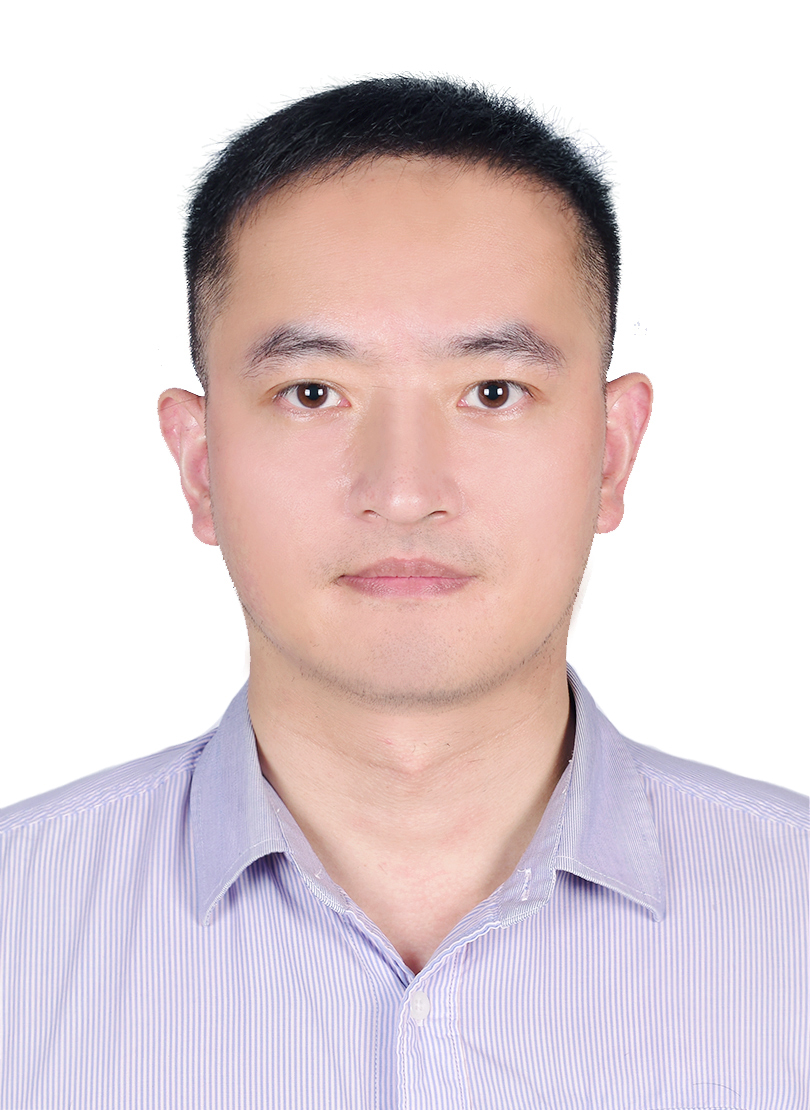Research Area
Cytogenetics, Chromosome biology, Chromosome diseases, Advanced Imaging

Research Area
Cytogenetics, Chromosome biology, Chromosome diseases, Advanced Imaging
Profile
Dr. Lingluo Chu is an Assistant Professor in Bioscience and Biomedical Engineering Thrust at the Hong Kong University of Science and Technology (Guangzhou). He obtained his Bachelor’s degrees on Bioengineering from Hefei University of Technology, and his Ph.D. in Cell Biology from the University of Science and Technology of China (USTC) to study SUV39H1-HP1-histone H3 signal axis in mediating mitosis and chromosome dynamics. Since the end of 2014, he joined the Department of Molecular and Cell Biology at Harvard University for postdoctoral training (Nancy Kleckner lab). In 2019, he was hired as a Research Associate at Harvard University to continue his research on the biophysics of mammalian cell chromosomes. Dr. Chu joined the Hong Kong University of Science and Technology (Guangzhou) in 2022.
Dr Chu’s interests focus on chromosome morphogenesis and chromosome instability. Through high spatiotemporal resolution in vivo imaging, combining methods and technologies such as Crispr/Cas9 gene editing, optogenetics, image recognition, machine learning, and 3D simulation reconstruction, the molecular and physical mechanisms involved in chromosome assembly and segregation events are revealed, thereby further explore the molecular mechanism of the occurrence and development of chromosomal instability, and provide cytological evidence for the diagnosis and treatment of related diseases.
A long-standing conundrum is how chromosomes can compact, as required for clean separation to daughter cells, while maintaining close parallel alignment of sister chromatids. Pursuing this question, by high resolution 3D fluorescence imaging of living and fixed mammalian cells, Dr. Chu has three discoveries. First, the structural axes of separated sister chromatids are linked by evenly spaced bridges. By compositional analysis, these bridges are miniature axes; Second, when chromosomes first emerge as discrete units, at prophase, they are organized as co-oriented sister linear loop arrays emanating from a conjoined axis. And this same basic organization persists throughout mitosis; Third, from prophase onward, chromosomes are deformed into sequential arrays of half-helical segments of alternating handedness (perversions) accompanied by correlated kinks. These arrays fluctuate dynamically over <15sec timescales. This conformation has previously been mistaken for simple helical coiling. These deformations are present at all stages and thus are not, per se, the basis for chromosome shortening/compaction (Chu et al., Molecular Cell,2020). So why do these deformations occur? In another paper he has presented evidence that this conformation reflects the presence of internal mechanical stress within the axes and that this stress first drives emergence of bridges, in a unique example of mechanically based spatial patterning, and then promotes destabilization of axes for destabilization of loop/axis arrays during compaction (Chu et al., PNAS,2020). Thus, all post-prophase morphogenesis can be understood as a single, continuous, mechanically promoted progression. Taken together these three discoveries provide a new foundation for thinking about the topological and morphological evolution of mitotic chromosomes through a mechanical lens.
Dr. Chu has showed inter-axis bridges emerge from late prophase, and ensure sister chromatids retaining a parallel, paranemic relationship, without helical coiling, as chromosomes undergo compaction from prometaphase to metaphase. This part work is to investigate how sister separation upon the existence of inter-axis bridges. Morphological and functional analyses of mammalian mitosis reveal a three-stage pathway in which inter-axis bridges play a prominent role. First, sister chromatid axes globally separate in parallel along their lengths, with concomitant bridge elongation, due to inter-sister chromatin pushing forces. Sister chromatids then peel apart progressively from centromere to telomere region(s), step-by-step. During this stage, poleward spindle forces dramatically elongate centromere-proximal bridges, which are then removed by TopIIα-mediated decatenation as the rate-limiting step. Finally, in telomere regions, widely separated chromatids remain invisibly linked with final separation, presumably by decatenation, during Anaphase B, with increased separation of poles as the apparent driving force. He proposed that bridges are not simply removed but, in addition, play an active role in ensuring smooth and synchronous anaphase sister chromatid separation. Bridges would thereby be the topological gatekeepers of sister chromatid relationships throughout all stages of mitosis (Chu et al., PNAS,2022).
Chromosome architecture is based on euchromatin and heterochromatin organization. H3K9me, the target of methyltransferase SUV39H1, as a heterochromatin marker, recruits heterochromatin protein (HP1α) to perform multiple functions such as DNA replication, transcription regulation, heterochromatin formation, and chromatin condensation. Centromere is the biggest heterochromatin region, how this methylation gradient is orchestrated in the centromere during chromosome segregation is not known. Dr. Chu has examined the temporal dynamics of protein methylation in the centromere by a fluorescence resonance energy transfer-based sensor. A quantitative analysis of centromeric methylation dynamics reveals a temporal change during chromosome segregation, which result in an accurate chromosome congression to and alignment at the equator (Chu et al., JMCB,2012). Interestingly, the localization of HP1α at mitotic centromere does not rely on H3K9me3 but PXVXL-containing proteins. However, its liberation from chromosome in prophase is required for correct sister resolution by excluding Sgo1 from chromosome and essential for accurate kinetochore-microtubule attachment through mediating Aurora B-MCAK pathway (Chu et al., JBC,2014). Taken together, those results have clarified the behavior of SUV39H1-Histone-HP1α signal axis and its mechanism on chromosome dynamics in mitosis, which reveal a previously unrecognized but essential link between this signal axis and chromosome plasticity in promoting accurate cell division.